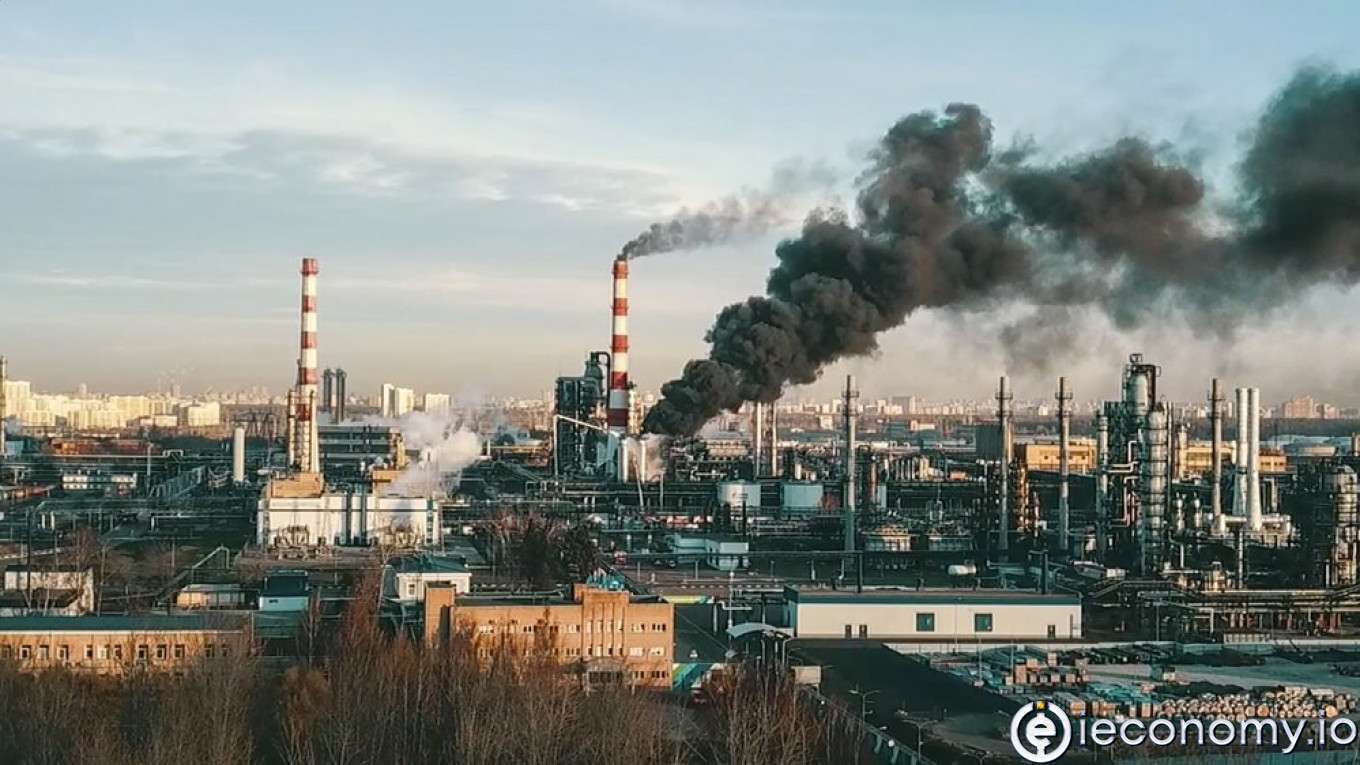7751
0
Russia's plan to reduce its carbon footprint will require billions of euros
Russia's plan to reduce its carbon footprint by 2050 will require investments of 1 trillion to 4 trillion rubles a year.

Yazar: Tom Roberts
Yayınlanma: 25 Kasım 2021 20:40
Güncellenme: 5 Aralık 2025 12:56
Russia's plan to reduce its carbon footprint will require billions of euros
Russia's plan to reduce its carbon footprint by 2050 will require investments of 1 trillion to 4 trillion rubles a year (11.93 to 47.73 billion euros). Russia's central bank said this on Thursday. Climate change poses a serious challenge to Russia, whose economy relies heavily on oil and gas as well as other minerals. Part of this infrastructure is built on permafrost, which is sensitive to rising temperatures. Russia, the world's fourth-largest greenhouse gas producer, will use 1 to 2 percent of its gross domestic product (GDP) to reduce net greenhouse gas emissions by 2050 under a government-approved key scenario. "Such investments will require active financing by Russian banks and the financial sector as a whole," the central bank said in a financial stability report. Despite the fact that the Russian banking sector has sufficient capital, "green" projects could face difficulties in securing loans due to high risks, such as lack of transparency, the central bank said. The Ministry of Economy has warned that Russia will not become a zero-emission economy by 2050. If it pursues this goal, it runs the risk of losing macroeconomic stability and sustainable growth. Russian companies, whose plants have a negative impact on the environment, have already begun to implement the principles of sustainable development, but their integration into the global climate agenda remains low, the central bank said. "This situation must change, otherwise the (Russian) financial sector could face high risks in the medium term," the bank added.İLGİLİ HABERLER





European stocks soared and focus shifted to German retail sales after Powell's speech!

Forex Signal For TRY/USD: Inflation Slowdown in November.

Forex Signal For GBP/USD: Bullish Trend Still Not Breaking While Recovery Continues.

Forex Signal For EUR/USD: Starry US Data Points to Higher Fed Increases.

Forex Signal For BTC/USD: Downside Continues as Bitcoin Recovery Moves Less.
En Popüler Haberler
Yorum Yap
Yorumlar
Henüz yorum yapan yok! İlk yorumu siz yapın...